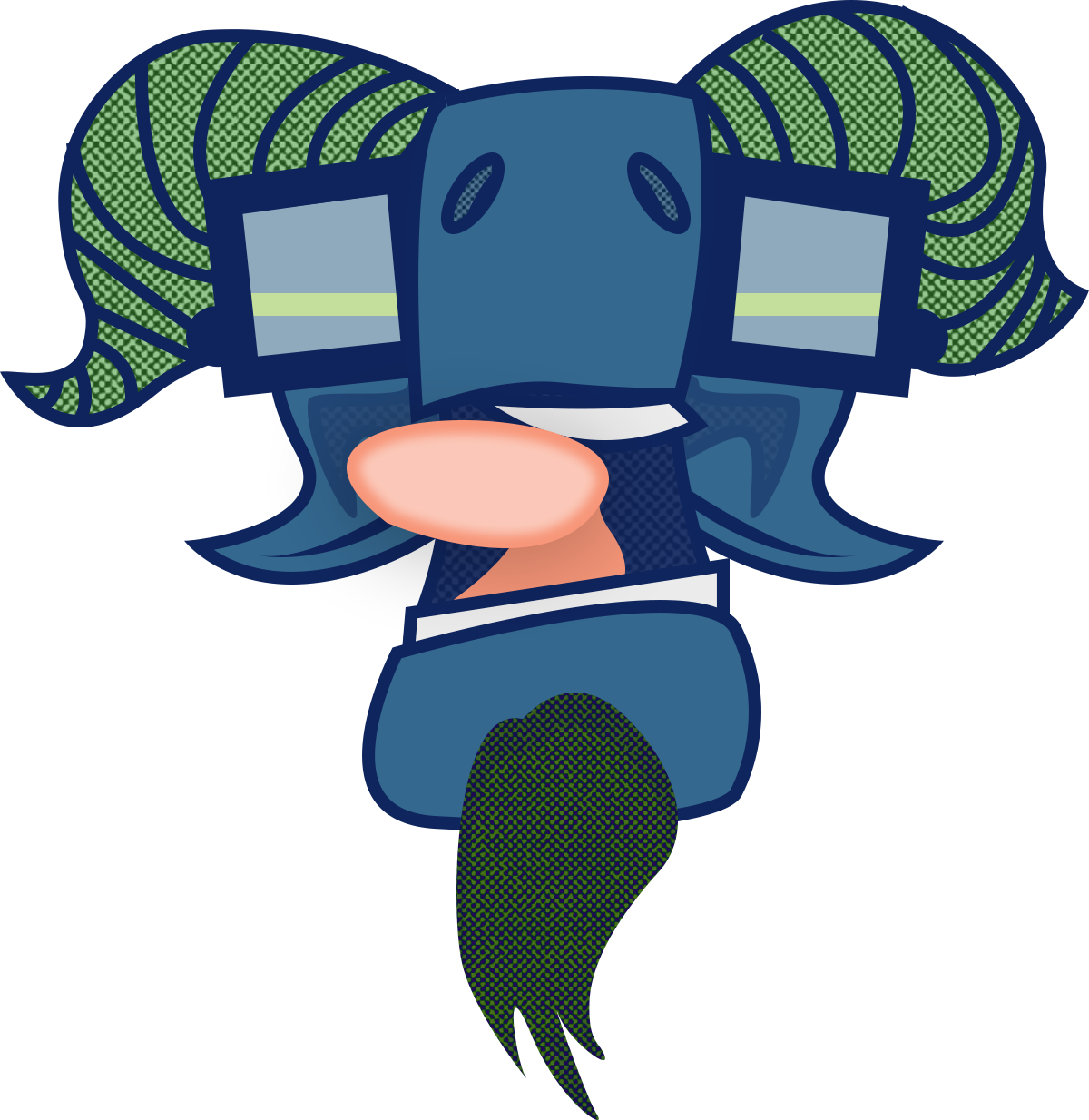🌾 The Still Fields
“To till is to live. To stop is to vanish.”
Overview
South of Silverwake Fortress, the Still Fields stretch toward the horizon — acres of pale soil, wheat, and orderly barns, shimmering faintly with the dust of mirrorstone carried on the wind from the north.
Once called the Dawnmeadows, this region was a free cooperative of farmers and herders before the Sanctifiers of Stillness transformed it into Canava’s breadbasket.
Today, the fields feed the entire continent, but the people who work them eat last.
The animals graze in perfect rows. The workers move like gears in a machine that forgot how to stop.
History
Before Silverwake’s occupation, the Dawnmeadows were known for their diversity and quiet prosperity. Farmers bred animals suited to every climate — hardy mountain cattle, sleek coastal horses, sturdy work-pigs from Fenmarrow stock. Trade with Harlequin Vale was common, and travelers said laughter came as easily here as water.
When Silverwake rose to military power, its fortresses required constant supply. The army seized the Dawnmeadows and conscripted the farmers into “service labor.” Their new overseers renamed the land the Still Fields, citing “efficiency of motion” as the guiding principle.
The original villagers became generational serfs. Entire bloodlines were reclassified as agricultural property. Their animals became state-owned, bred only for endurance and conformity.
Life in the Fields
Each family tends a single assigned plot and lives in the long shadow of Silverwake’s fortress walls. Days begin with the toll of the Grain Bell, which can be heard for miles. The sound carries a subtle compulsion — not magic in the divine sense, but the psychological rhythm of generations trained to move when the bell rings.
Farmers rarely speak while working. The habit of silence has been inherited like a family trait.
Animals respond to it, too. Herds move quietly; even oxen plod without protest. The calm is total, and unsettling.
Those who falter are sent to Recalibration Barns — facilities said to “restore the pattern of productivity.” Few who return remember much at all.
The Animals
Farm animals remain central to the Still Fields’ economy and identity.
Oxen provide the muscle — bred for strength, massive, slow, and unnervingly obedient.
Horses are used to patrol the outer boundaries, tended by bonded riders called Fieldwardens.
Sheep provide uniform wool for Silverwake uniforms and clerical robes.
Cows are bred for milk and hide, their horns carved into tools.
Chickens and pigs fill the stables nearest to the fort, raised for soldiers’ rations.
No one calls them sacred anymore. But they are tools of control — living proof of the Pattern’s reach. Every calf and foal is registered by serial mark. Their movements are tracked, their feed rationed, and their breeding assigned by quotas.
To the farmers, they are family. To Silverwake, they are inventory.
The Parable of the Aspiring Healer
A story often whispered at night among the fieldhands:
A young woman told her overseer,
“My mother was a farmer. My grandmother was a farmer. But I want to be a doctor.”
The Pattern Warden replied,
“That is not the Pattern.”
She was taken to the Recalibration Barns and returned days later, compliant and blank. When she looked at the animals she once nursed back to health, she no longer recognized them. But the cows still turned their heads when she walked by — as if remembering her even when she could not remember herself.
Failed Rebellions
Several attempts to liberate the Still Fields have failed:
The Embervault Anti-Priests once sent agents to break the Pattern’s control using invention and psychological disruption, but their machines shorted under the sheer discipline of the land. They withdrew, calling Silverwake “the place where reason rusts.”
Harlequin Vale’s activists tried to purchase the farmers’ contracts outright, promising relocation and new homes. The deals were voided by Silverwake’s clerical courts — “No sale can undo divine order.”
Underground networks formed between Fenmarrow traders and sympathetic soldiers. None survived exposure. The Pattern Wardens discovered them before a single chain could be broken.
It is said the rebellion failed not because of faith or force — but because every would-be liberator felt their will soften the moment they neared Silverwake. As if the very air made them forget what freedom was for.
Economy and Trade
The Still Fields are the logistical heart of Canava. Grain, milk, and livestock feed the entire military and much of the civilian population. The fields’ produce travels by fortified caravan to Silverwake, then across the Chimera Sea via military galleons.
No coin changes hands among the farmers — only tokens of ration and production. They live in perpetual debt to the very fortress they supply.
Harlequin Vale benefits indirectly through trade routes, purchasing animals and grain secondhand from sanctioned brokers. It’s considered “impolite” to ask who raised the animals first.
Political Context
Though technically under the Guild Senate’s protection, the Still Fields function as a military estate of Silverwake. Every farmhand is a subject of Canava but bound by indenture law that renews automatically each generation.
Embervault’s engineers have petitioned to modernize the farms, arguing that automation could ease the burden. The proposal was dismissed — not for lack of merit, but because mechanization would free too many people at once.
The Guild Senate quietly approves the arrangement. Silverwake’s armies march on full stomachs; no senator wants to risk famine for morality.
Reputation
In Silverwake: “The goddess feeds us through their hands.”
In Embervault: “The Pattern’s pantry — well-stocked and cursed.”
In Harlequin Vale: “Fields where laughter dies before it starts.”
In Fenmarrow: “They feed us, and we forget to thank them.”
In Thorgun: “The living engines of Canava’s hunger.”
Summary
The Still Fields are not a holy site — they are a mechanism.
Every grain, every hoof, every breath is measured.
The farmers do not pray.
They endure.
And as long as the Pattern holds, the plow will keep moving — even if no one remembers who first picked it up.
